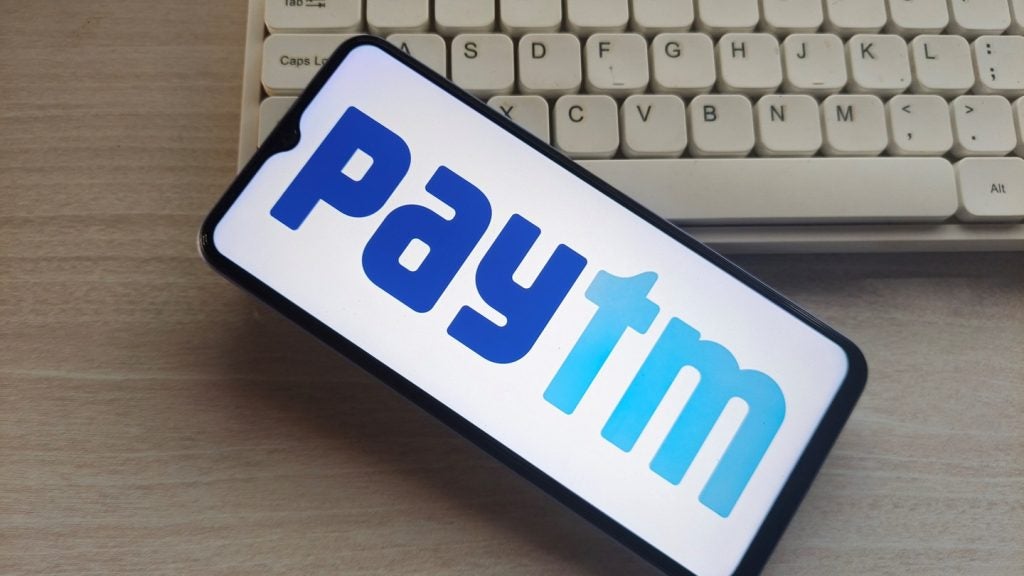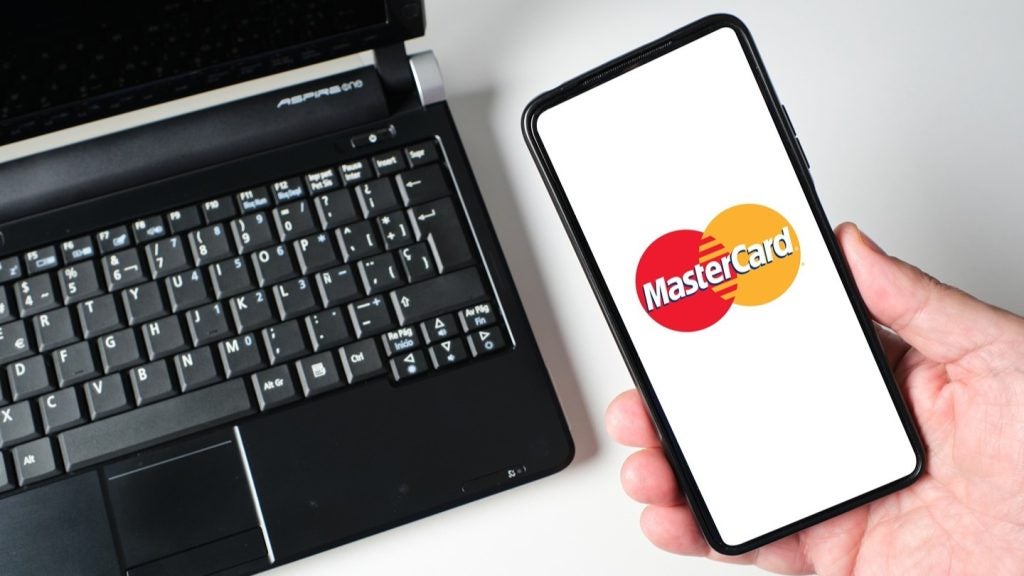Several high-profile trials have
put the UK at the front of a new wave of contactless roll-outs.
With issuers such as Barclays and RBS putting their financial clout
behind the technology and major retailers installing readers
throughout their networks, many believe the time for contactless
has arrived, as John Hill
reports.
Barclaycard has long been at the
forefront of contactless in the UK, being the first major issuer to
put out a consumer contactless card with the OnePulse card,
launched in September 2007. Barclaycard currently has around six
million contactless cards issued, and Richard Mould, head of
contactless cards at Barclaycard, thinks contactless is now a
permanent feature of the payments landscape.
“Whenever we have spoken to our customers,
both merchants and consumers, they have said they like contactless
and that is why we are rolling it out and why usage is growing,”
Mould told CI.
“I am sure our competitors will respond as
they seem appropriate. It takes a bit of time to get your card
production processes aligned. Contactless is not a ‘is it going to
succeed’ technology – contactless is now here to stay.”
And Mould also believes that the tipping point
has been passed.

US Tariffs are shifting - will you react or anticipate?
Don’t let policy changes catch you off guard. Stay proactive with real-time data and expert analysis.
By GlobalData“Installation with key tier-one merchants is
hard,” he said. “It is not the same as chip and PIN, because
contactless builds on chip and PIN, but the retail environment is a
challenging environment, particularly so at the moment. But
certainly all the conversations that we have been having with our
customers and potential customers is ‘when’ and not ‘if’.
“So I think we have passed the tipping point.
With us having six million cards in the market by the end of the
year across our credit card and debit portfolios, the probability
of someone in your store having a contactless card is quite high,
so retailers can generate some key benefits.”
First movers should encourage
take-up
Cameron Olsen, vice-president of
business development at Smart Technology Solutions, a company that
creates software enabling smart card transactions, says that from
what he has seen, the recent deal with large UK high street
retailer Boots to install contactless readers across their stores
on a trial basis should convince others to adopt the
technology.
“Contactless is in a really interesting
phase,” Olsen said.
“We have had a contactless solution available
for about two years in the UK and there hasn’t really been a large
take-up. One of our largest retail clients, Boots, is rolling out
their contactless programme in the next few weeks.
“They are one of the largest tier-one UK
retailers, and also the first tier-one UK retailer to roll out
contactless.
“The reason we seen a fairly slow take-up of
contactless in the UK is primarily because retailers have struggled
with the bones of the business case. We are hoping the results we
see from this particular trial will show that the technology can be
beneficial to them and that they will then be able to buy into the
message they are getting from Visa and MasterCard, which is that
they are going to be getting quicker transactions, an increased
spend, and it’s going to be easier for their customers.”
Challenges of costs and
infrastructure
Despite this, retailers are worried
about the cost of implementing new, expensive systems, especially
when they see the current costs of using cash as acceptable.
“We are hoping that Boots adopting the system
will actually help retailers see the business case benefit and as a
result encourage some of the other tier-one UK retailers onboard,”
Olsen added.
Jason Fields, head of product management for
PayPass at MasterCard Worldwide, agrees that the Boots trial with
Royal Bank of Scotland (RBS) will definitely encourage merchants
and cardholders to adopt contactless, but thinks public transport
is another equally valid route to a widespread roll-out of the
technology.
“In terms of getting contactless rolled out in
the UK, the more merchants we have on board, the more card
awareness is generated,” Fields told CI.
“Having Boots signed up as a tier-one merchant
should provide great exposure, and when other well-known merchants
start to join the scheme it will become a much more interesting
proposition for cardholders as they learn more about contactless
and want to have it on their cards.”
Fields cites MasterCard’s recent role in a
contactless trial in the UK city of Liverpool, alongside RBS and
transport company Stagecoach, where around 200 buses in the area
were fitted out with contactless readers:
“The venture with Stagecoach represents the
first ever use of contactless bank card payments in the UK on
public transport,” Fields said. “The trial is significantly
different from Oyster [the London public transport card], in which
the card has to be preloaded with credit before it can be used –
this trial is all about using PayPass-enabled credit and debit
cards, as direct cash replacement, where the money comes straight
out of the cardholder’s account.
“It made sense for us to work with Stagecoach
and RBS in the trial. Stagecoach were very interested in reducing
the costs of cash handling on their bus system and the security
issues that go along with that, while also speeding up payment at
the POS, while RBS is a key contactless issuer in the UK,” Fields
added.
“People don’t want to carry cumbersome cash
with them, especially compared with contactless where it is a tap
that only takes a couple of seconds. If you look at the New York
subway trial we did with Citi, clearly it had huge benefits and
proved that the system works very, very smoothly. We learned that
we are able to add and give benefit to that transport system, and
that contactless and PayPass can add real value to the transport
environment.”
Large retailers will drive
growth
One of the biggest issues for
cardholders in the UK is the relatively small number of merchants
with contactless-enabled POS terminals.
A major case for widespread roll-out of the
technology is the Oyster system in London, run by Transport for
London (TfL), which has announced plans to move from a prepaid
payment system to a contactless bank card-based scheme. Olsen
believes that while a public transport scheme will certainly help,
it will not be enough in itself to push contactless forward.
“Currently there’s not really anywhere to use
contactless that is appropriate, i.e. for transactions of £10 [$17]
or lower, so therefore it has to be put into the right
environment,” Olsen told CI.
“When TfL decide to roll out their solution
using PayPass and Visa’s payWave at their ticket gates, that will
give some way for people to use it, but from the retailers
perspective it is really about proving access through tier one
retailers.
“It was through these retailers that we
initially saw the drive for chip and PIN transactions, when
customers started to see the machines at places where they were
able to use them day in and day out. That is why we think the Boots
announcement is the big tipping point for the industry that will
allow us to gauge genuine interest from cardholders and genuine
interest from merchants to see whether cardholders want to use this
technology.”
Contactless is meant to be a convenient way to
pay for small amounts, reducing the need for cash and increasing
the speed of transactions, although Mould explains that it is not
just cash that is being substituted.
“The whole technology is geared towards taking
customers away from change and cash, and so generally what we have
seen is mostly cash transactions that are being transferred to
card, although there is of course some card-to-card substitution,”
Mould said.
“In fact it is not totally clear whether it is
all cash or it is all card – it is a bit of both. Of course it also
varies by customer. Some customers will use their cards for
everything and some like to use a mixture of cards and cash.
Contactless will actually meet the needs of both.”
The major issue for contactless in the UK is
the relatively slow speed at which adoption has taken place up to
this point, although there does not seem to be a consensus as to
the exact reason. Olsen believes the strong position of retailers
in relation to the issuers is to blame.
“The problem with the UK is that you have a
very modularised integrated market and it is a dominant integrated
market,” he added.
“The banks have been in a position where they
were rolling out bank-owned terminals to merchants, but many of
these are low-value transaction merchants, and not the sort of
merchants where many customers are using credit cards, off-licences
and corner stores for example.
“Where they really need to focus their efforts
to succeed is the integrated market,” Olsen continued.
“The problem with that is that while Boots are
rolling out a solution, that does not mean that solution is right
for say, the Co-operative Group, who might have some slightly
different components in their infrastructure. It means you need to
create bespoke interactions per large integrated retailer to get
traction there.
“That requires a lot of effort and a lot of
time and a lot of education on the part of the large merchants, and
that’s perhaps where the banks have been a little remiss.”
Despite this, Olsen sees the situation
changing.
“We are seeing huge demand from multinational
retailers,” he said.
“The problem these multinational retailers
have is that they have 30 or 40 different innovations across 30 or
40 different markets and then when they have to upgrade to EMV they
find there is bit of a hole in the infrastructure or the technology
infrastructure.
“The problem we have then had is that because
payments historically have been a market-based system, it is very
difficult to have a solution here in the UK that works in France
that also works in Spain, and it is this that has also been a big
driver for change at the moment.”
Could phones leapfrog
cards?
Contactless mobile phones are
another technology that many believe will be in general use in a
fairly short period of time. Mould sees it as complimentary to
current contactless cards.
“We don’t see phones and cards competing. The
core technology is the same and from a retailer’s perspective when
they are accepting a contactless transaction, they don’t care
whether it is from a card or a phone – it is quick, it is easy and
it is simple,” he said.
“At the moment, if we need to get scale we do
it on cards because there aren’t six million enabled contactless
phones in the UK. It will take a while for that to build up because
it is new technology.
“The debate of phones versus cards is a
strange one, because at some point the phone is going to overtake
cards, but there is certainly a transition period and so we have
got to make sure we serve customers needs now, so cards and phones
are going to co-exist for quite a few years.”
Olsen says he believes the real area of growth
is in mobile POS technology.
“Contactless with mobile phones are the hot
topic at the moment, but we are a big believer in the mobile POS
side of things and we think that, rather than being about
technology, it is about demand from customers and customers are
saying we need to do face-to-face transactions in these
environments,” Olsen said.
“We need to be able to take credit cards
because cheques are going away and that is becoming the big space
where we can see the huge growth.
2We are talking hundreds of thousands of these
sorts of solutions being rolled out in terms of device numbers,
opening up a huge payments infrastructure that we have not ever
seen before.”









